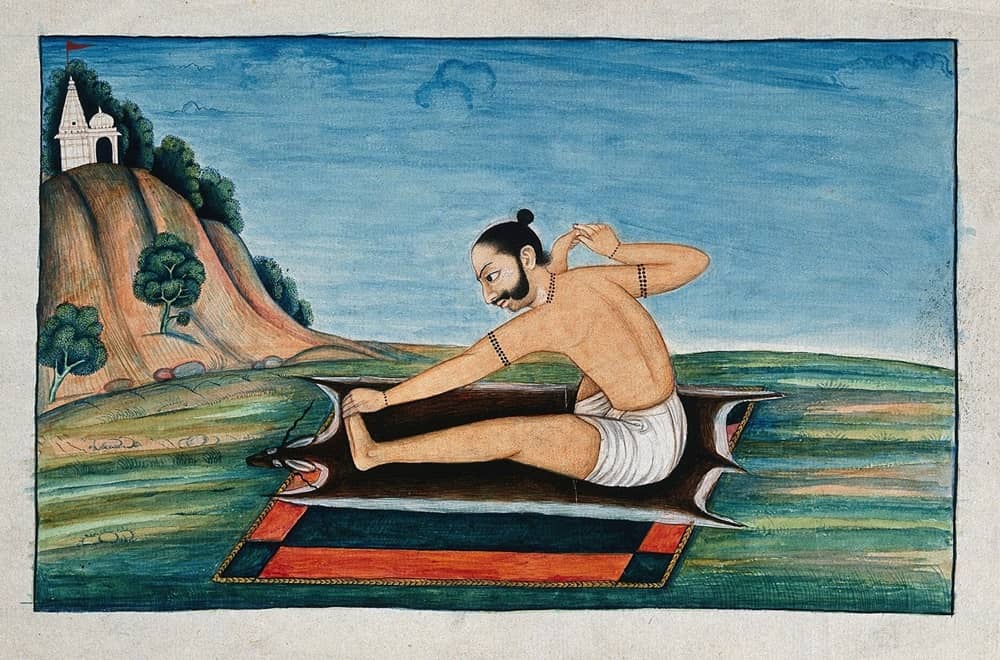About Yoga in Ancient India: Origins and wisdom of Yoga
Yoga, an ancient practice that has captivated the world, traces its roots back to the rich heritage of ancient India. The origins of yoga can be found in the sacred texts and philosophical traditions of this ancient land. In this blog, we delve into the fascinating history of yoga in ancient India, exploring its origins, philosophies, and the timeless wisdom it offers to modern practitioners.
The Vedas and Upanishads:
Yoga in Ancient India finds its earliest mentions in the Vedas, the ancient sacred texts of India. The Rigveda, Samaveda, Yajurveda, and Atharvaveda contain hymns, chants, and rituals that allude to the practice of yoga.
The Upanishads, philosophical treatises that followed the Vedas, delved deeper into the spiritual aspects of yoga, emphasizing self-realization, meditation, and the union of individual consciousness with the universal consciousness.
Patanjali’s Yoga Sutras:
One of the most influential texts on yoga is the Yoga Sutras of Patanjali. Composed around 200 CE, this ancient treatise lays down the philosophical framework and practical guidelines for the practice of yoga. Patanjali’s Yoga Sutras describe the eight limbs of yoga, including ethical principles, physical postures (asanas), breath control (pranayama), meditation, and the attainment of spiritual liberation.
Suggested Read: Yoga in Rishikesh India: All You Need To Know Before..

Yogis and Ascetics:
Ancient India was a land of renunciates and spiritual seekers who dedicated their lives to the practice of yoga. Yogis, sages, and ascetics roamed the forests and mountains, seeking enlightenment and self-realization through Yoga in Ancient India. They developed various yogic techniques to attain higher states of consciousness and transcend the limitations of the physical body.

Hatha Yoga and Tantra:
During the medieval period, a significant development in yoga took place with the emergence of Hatha Yoga and Tantra. Hatha Yoga focused on the physical aspect of yoga, incorporating asanas (postures) and pranayama (breathing exercises) to balance the body and mind.
Tantra expanded on the spiritual aspect, integrating rituals, mantras, and visualization practices to channel and transmute energy.
Yoga Philosophy and Ethics:
Yoga in ancient India was not limited to physical postures but embraced a comprehensive philosophical and ethical system. The concepts of dharma (righteousness), karma (action and its consequences), and ahimsa (non-violence) were fundamental principles of yogic philosophy.
The teachings of Yoga in Ancient India emphasized the cultivation of virtues, self-discipline, and moral conduct to lead a harmonious and balanced life.
Conclusion:
Exploring the origins & unveils of Yoga in Ancient India a profound and holistic system that extends beyond the physical exercise. Rooted in spirituality, yoga in ancient times aimed at achieving self-realization, union with the divine, and the harmonious integration of body, mind, and spirit. Today, as we embrace yoga in modern times, we can draw inspiration from the timeless wisdom of ancient India, infusing our practice with reverence, mindfulness, and a deeper understanding of this ancient art.










